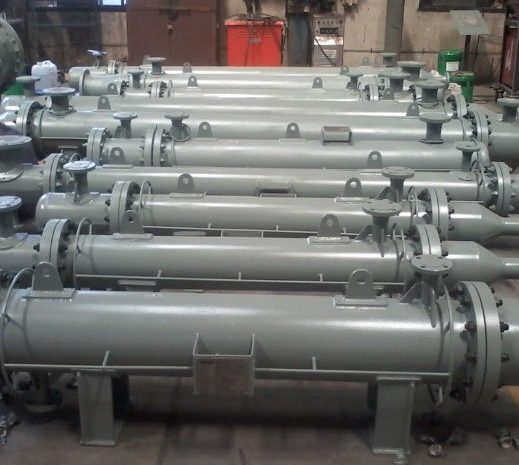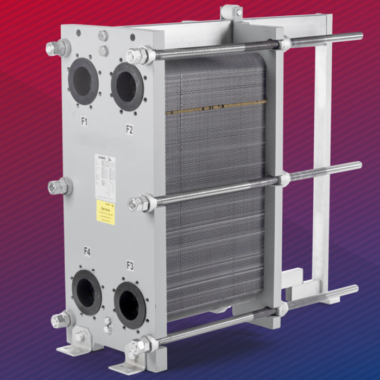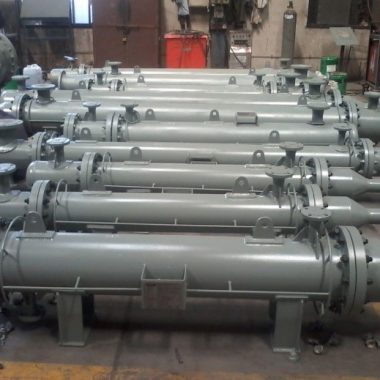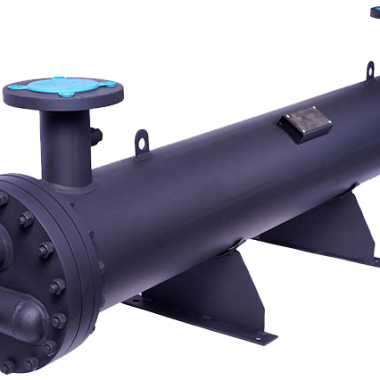Shell and Tube Heat Exchanger Manufacture
Shell and Tube Heat Exchanger
One way to move heat from one fluid (liquid or gas) to another is with a heat exchanger. Process piping uses a variety of heat exchanger types. The most popular and efficient type of heat exchanger is the shell and tube, which is also known as a heat pipe.
A Shell and Tube Heat Exchanger typically has two sections or compartments. One is the side of a shell, while the other is the side of a tube. These uses tubes enclosed inside a cylindrical shell to allow two working fluids to exchange heat through thermal contact. The driving force behind temperature exchange is the differential in fluid temperature between the fluids inside the shell and tube.
Features Comes With our Heat Exchanger
- Shell and tube heat exchangers are compact in design,
- Simple to manufacture and maintain,
- Offers good heat exchange,
- These are used for a wide variety of temperatures and pressures.
Fundamental Components
- The Shell, Cover, Body Flange, Nozzles, and Saddle support make up the Shell side part.
- The essential parts make up the channel/tube side section: channel, cover, body flange, nozzles, tube sheet, and tubes (Tube Bundle).
Working Principle
One fluid moves through the shell while the other moves inside the tubes. They exchange heat as they flow, allowing the cold fluid to absorb heat from the hot fluid. Therefore, one cold fluid enters the shell’s (or tube’s or channel’s) intake nozzle and exits as hot fluid. The other fluid will, of course, get colder at the outlet than at the entrance. The exposed surface area, which is defined by the quantity of thermally conductive metal tubes, controls the heat transmission in a shell and tube heat exchanger.
There are two possible fluid flows inside of this heat exchanger: cross flow and parallel flow.







Advantages for Shell and Tube Heat Exchangers - Cool Fab Equipments April 01, 2024 at 5:12 pm
[…] the advantages of shell and tube heat exchangers, counting effectiveness, flexibility, durability, and ease of maintenance, make them indispensable […]